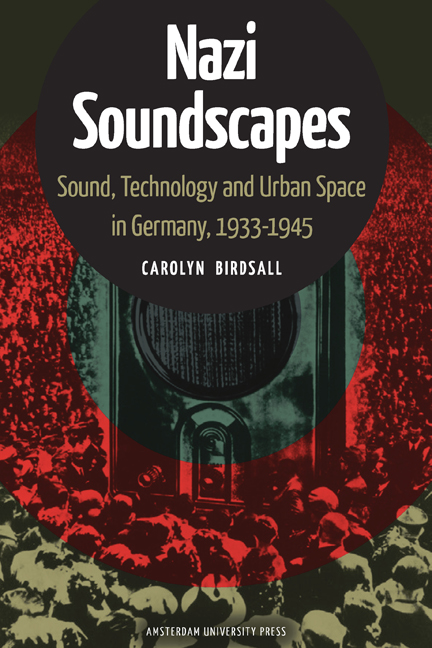4 - Cinema as a Gesamtkunstwerk?
Published online by Cambridge University Press: 20 January 2021
Summary
In 1876, the much-anticipated Bayreuth music festival opened with the first complete performance of the Ring des Nibelungen cycle, directed by its founder, German composer Richard Wagner. This inaugural festival enjoyed critical success, and has since been considered as a major breakthrough in the history of modern (operatic) performance (Shaw-Miller 2002). From the late 1840s, Wagner had preoccupied himself with a new concept of music-drama, which he discussed in theoretical writings and pursued in his own compositions. According to Wagner, music-drama would involve a total fusion of the traditional arts, with a balance between music and poetry (Wagner 1849/2001: 4-9).
Even if the ideal of a total work of art (Gesamtkunstwerk) was not necessarily achieved, media scholar Friedrich Kittler (1993) locates Wagner's music-theatre in the 1840s to 1870s as a predecessor of the modern PA sound system. Kittler's definition of Wagnerian music-drama as a “mass media” invention emphasises the orchestra's function as a kind of amplifier, creating feedbacks and reverberations that cannot be shut out by the ears. It is precisely the overwhelming of the audience's senses through the “all pervasive power of sound” that Kittler sees as constituting a significant precursor to modern mass media (222). This new theory and practice of acoustics depended on the staging of echoes and breathing with the aid of an orchestra placed out of the audience's sight. Kittler conceives this development in terms of an interconnected network:
The text is fed into the throat of a singer; the output of this throat is fed into an amplifier named orchestra, the output of this orchestra is fed into a light show, and the whole thing, finally, is fed into the nervous system of the audience. (233)
In other words, Wagner's acoustics is posited as a media invention that employed a large, yet hidden orchestra to produce “acoustic hallucinations” and immerse the audience in reverberant sound. This account thus determines a “total world” of hearing in the vocal and musical content of Wagnerian music-drama. Moreover, Kittler argues, its sensory overwhelming created an aesthetic experience that we may now see as a “prehistory” for present-day cinema.
- Type
- Chapter
- Information
- Nazi SoundscapesSound, Technology and Urban Space in Germany, 1933–1945, pp. 141 - 172Publisher: Amsterdam University PressPrint publication year: 2012



